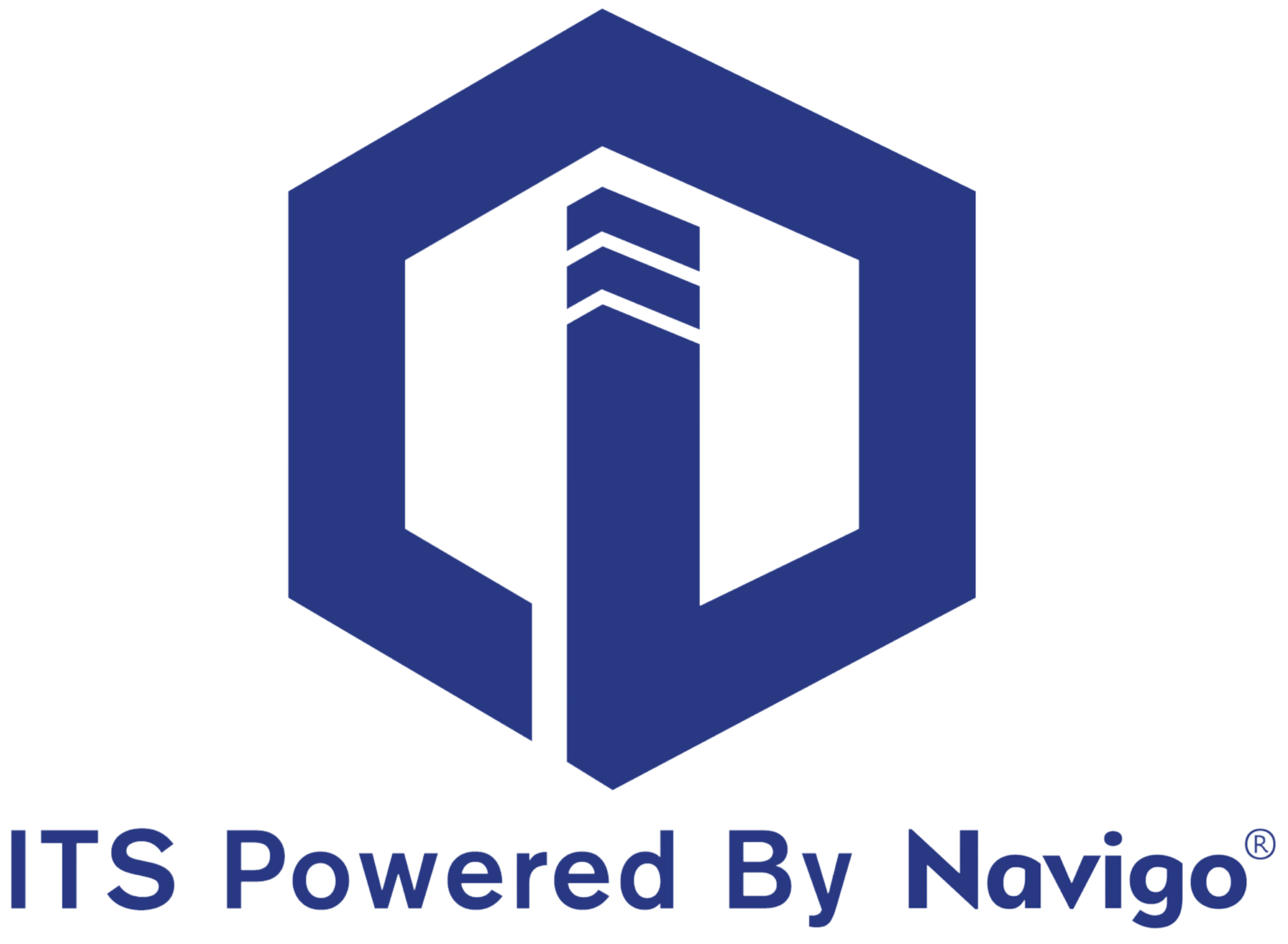Headquarters
7150 Columbia Gateway Drive, Suite L, Columbia, MD 21046
New York Location
112 West 34th Street, 18th floor, Room 18025 New York, NY 10001

Implementing court schedule LED signs can significantly improve the efficiency and organization of a courthouse. Properly phasing and rolling out these digital signs is essential to ensure a seamless transition and maximum benefits for all stakeholders involved. Here's an outline of the steps to successfully phase and roll out court schedule LED signs at a courthouse.
Conduct a Needs Assessment: The first step in the process is to conduct a comprehensive needs assessment. Understand the specific requirements of the courthouse, including the number of courtrooms, daily schedules, and the types of information that need to be displayed on the LED signs. This assessment will help determine the optimal number and locations for the digital signs.
Choose the Right Technology and Software: Selecting the appropriate LED display technology and user-friendly software is crucial. Look for high-quality LED signs with excellent visibility and readability. The software should be capable of displaying real-time updates, multiple schedules, and customized content for different courtrooms.
Develop a Rollout Plan: Create a detailed rollout plan that outlines the phasing and installation process. Determine the order in which the LED signs will be installed in various courtrooms and public areas. Consider the busiest courtrooms or areas with the highest foot traffic as priority locations for initial installations.
Train Staff and Stakeholders: Proper training is vital to ensure the successful adoption and utilization of court schedule LED signs. Train courthouse staff on how to use the software to update schedules and information accurately. Additionally, educate stakeholders, such as judges, attorneys, and court clerks, on how to access and interpret the information displayed on the LED signs.
Pilot Testing: Before a full-scale rollout, conduct pilot testing in a select number of courtrooms to identify any potential issues or improvements. Solicit feedback from courthouse staff and patrons to make necessary adjustments and refinements to the system.
Implement Phased Rollout: Gradually introduce the court schedule LED signs in a phased manner, starting with the designated priority locations. Monitor the performance and feedback during each phase to ensure everything operates smoothly.
Continuous Evaluation and Improvement: After the full rollout, continue to evaluate the effectiveness of the LED signs and gather feedback from courthouse staff and patrons. Regularly update the LED signs with relevant information and schedule changes to maintain accuracy and relevance.
By following these steps, a courthouse can successfully phase and roll out court schedule LED signs, leading to a more organized and efficient legal process. These digital signs provide real-time updates, improve communication, and enhance the overall experience for judges, attorneys, jurors, witnesses, and the general public visiting the courthouse.
Explore itouchinc.com for more information on our solutions or contact us for needs unique to your property or project.
7150 Columbia Gateway Drive, Suite L, Columbia, MD 21046
112 West 34th Street, 18th floor, Room 18025 New York, NY 10001
Toll-Free
Phone
© Copyright 2025 ITS, Inc. All rights reserved.
Stay in touch with the latest news and updates from ITS, Inc.
7150 Columbia Gateway Drive, Suite L
Columbia, MD 21046
112 West 34th Street, 18-025
New York, NY 10001